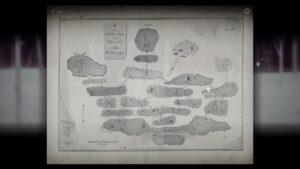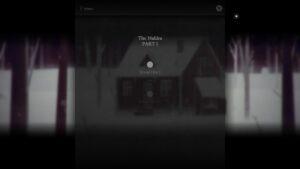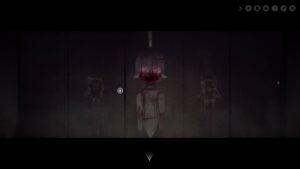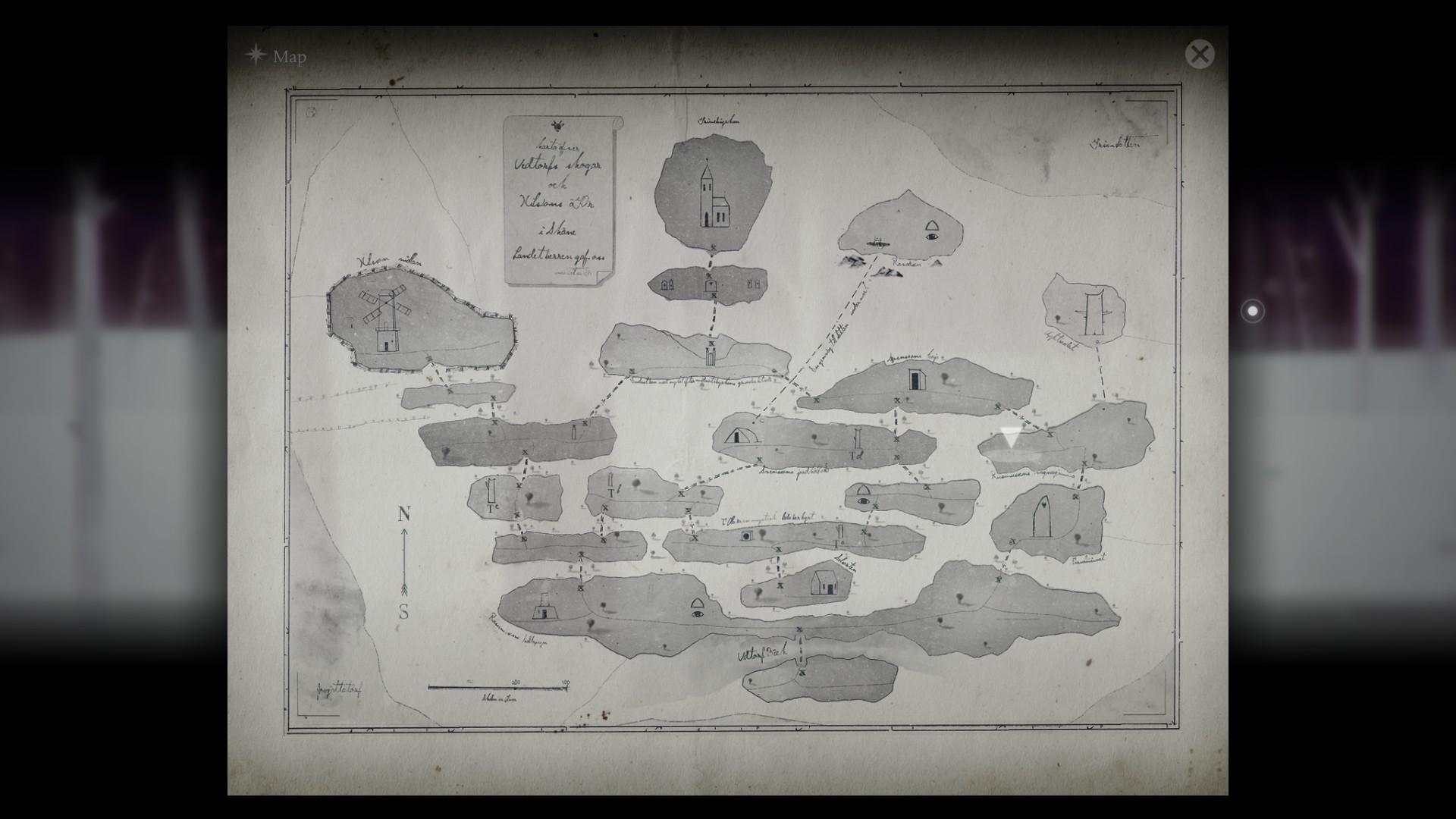For this week’s critical play, I chose to play Year Walk, a horror-puzzle game developed by Simogo. The game is intended for older audiences with its tense, surreal atmosphere and aesthetic. I played the game on Steam, although it is also available on the Google and Apple stores as a mobile game. Year Walk’s unique camera perspective, level design, and map navigation lends itself to cultivating the creepy and mysterious aesthetic, but the puzzles themselves are frustratingly tedious to complete; overall, Year Walk’s puzzle design is a key drawback in the narrative presentation and player experience.
Foremost, I’d like to highlight that I enjoyed Year Walk’s aesthetic and story. Having frequently listened to eerie stories of the occult and supernatural circumstances, Year Walk was right up my alley in terms of premise. Loosely based on old Scandinavian and Swedish folklore, I was instantly drawn to the evocative narratives that this game relied upon to tell its story. The introduction of the game also provided me with background information on my character where I could already build a relationship with them. Instantly, I related my character’s story to a classic character trope of being lost in an unfamiliar, dangerous place: the dark, cold woods of northern Sweden. The choice of camera perspective also contributed to this feeling as it was from a first-person perspective. However, right after the introduction, I already became confused as to the game’s core mechanics and gameplay loop. The game offered little in terms of a tutorial, only telling the player the basic controls of moving with the WASD keys.

Year Walk’s map, a crucial piece of the player’s information arsenal to navigate the forest Year Walk is set in.
Instantly, I was thrown into the forest without a clear direction or goal. Sure, this may fit the premise of the game, but it may be better for this feeling to be evoked later in the game once the player has some sort of semblance of their characters’ motivations and goals. Am I trying to get out of the forest? What am I looking for in these different locations? These were the sort of questions I had immediately after gaining agency. Instead of these questions having a clear answer, I was wandering aimlessly around the forest until I unknowingly got to a crucial point in the story. I arrived at a windmill, and this was where I met Stina, one of the cornerstone characters in the overall arc of this story. Continuing to build the heavy atmosphere, Hilda advised me against year walking because I know what happened to the last people who tried to year walk. At this point, I had more questions about the narrative of the game. Was this a game about time travel? What’s so destructive about year walking? Who can year walk and why? Most of these questions were never answered during my playthrough.

Year Walk’s hint page which I refrained from using because I don’t like getting hints in puzzle games.
One of the first puzzles I stumbled upon was the box. It was a floating box in the middle of the forest, containing 12 shapes that I could drag and click to enter them in like a rotary phone. Initially, I thought the box was my first puzzle, so I sat at the box dragging each shape in until I got through all the shapes. At this point, I was not sure whether I was even meant to see this box. “Maybe it was a bug?” I thought, so I left the box in search of other puzzles. The next puzzle I stumbled upon was the doll hanging in the outhouse. After messing around with the doll, I was able to spin its head and it began lifting its hands in different directions. However, I was yet to find a puzzle that needed directions, so I assumed it was also for a later puzzle. As demonstrated, the common thread I found myself pulling at in Year Walk was the nature of stumbling onto puzzles early, leading to confusion as to how to begin solving the puzzle.

Year Walk’s provided feedback after interacting with the doll make me feel like I solved a puzzle, only to later learn that this was only a piece of a larger puzzle that required me to remember information the doll provided.
Evidently, I still enjoyed Year Walk, but it felt like a game where I was required to use hints or spend an ungodly amount of time navigating through the different locations, writing down clues, and inputting them into the puzzles. I would have liked to see more intuitive puzzles rather than puzzles that relied upon the player finding the clues in a specific order. There was also no satisfaction that came with solving puzzles. In fact, many solves led to an unsettling or scary cutscene. I believe that Year Walk can benefit from rethinking its puzzle balance, especially for players who are not willing to either get hints or look up a tutorial on how to solve Year Walk. More intuitive, engaging puzzles rather than riddles and remembering information would help elevate Year Walk to the next level.



